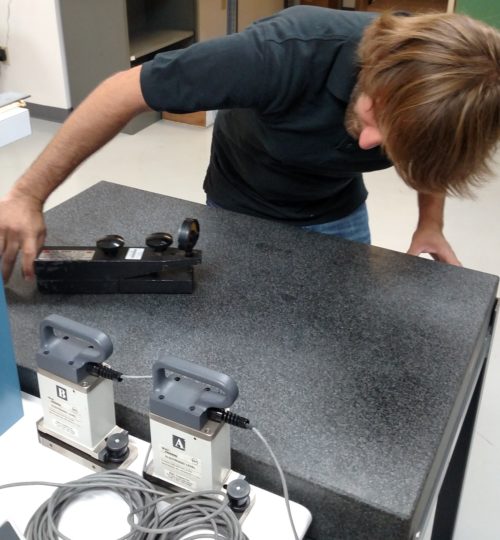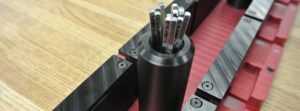Metrology Glossary: Surface Plate
What Is A Surface Plate?
A surface plate, a tool used in precision engineering, is a solid and flat slab that serves as a fundamental reference plane for exacting tasks such as inspection, precise marking, and setup of machinery and tools. These plates are commonly constructed from materials such as granite or cast iron and are finished to attain an exceedingly level surface. The degree of flatness is often held to extremely stringent standards, with tolerances as narrow as 0.00025 mm over a distance of 250 mm, ensuring exceptional precision in critical applications.
What Are Surface Plates Used For?
Surface plates are used across multiple industries. They are often used for inspection purposes, detecting even the slightest flatness deviations in machined parts or tooling. They provide accurate markings for holes and slots, ensuring precision. Surface plates are used for setting cutting tools and measuring instruments to the correct height. They also aid in assembling machinery and tools with precision alignment. Surface plates also are extremely helpful when calibrating measuring instruments, guaranteeing accurate measurements, such as micrometers and calipers.








